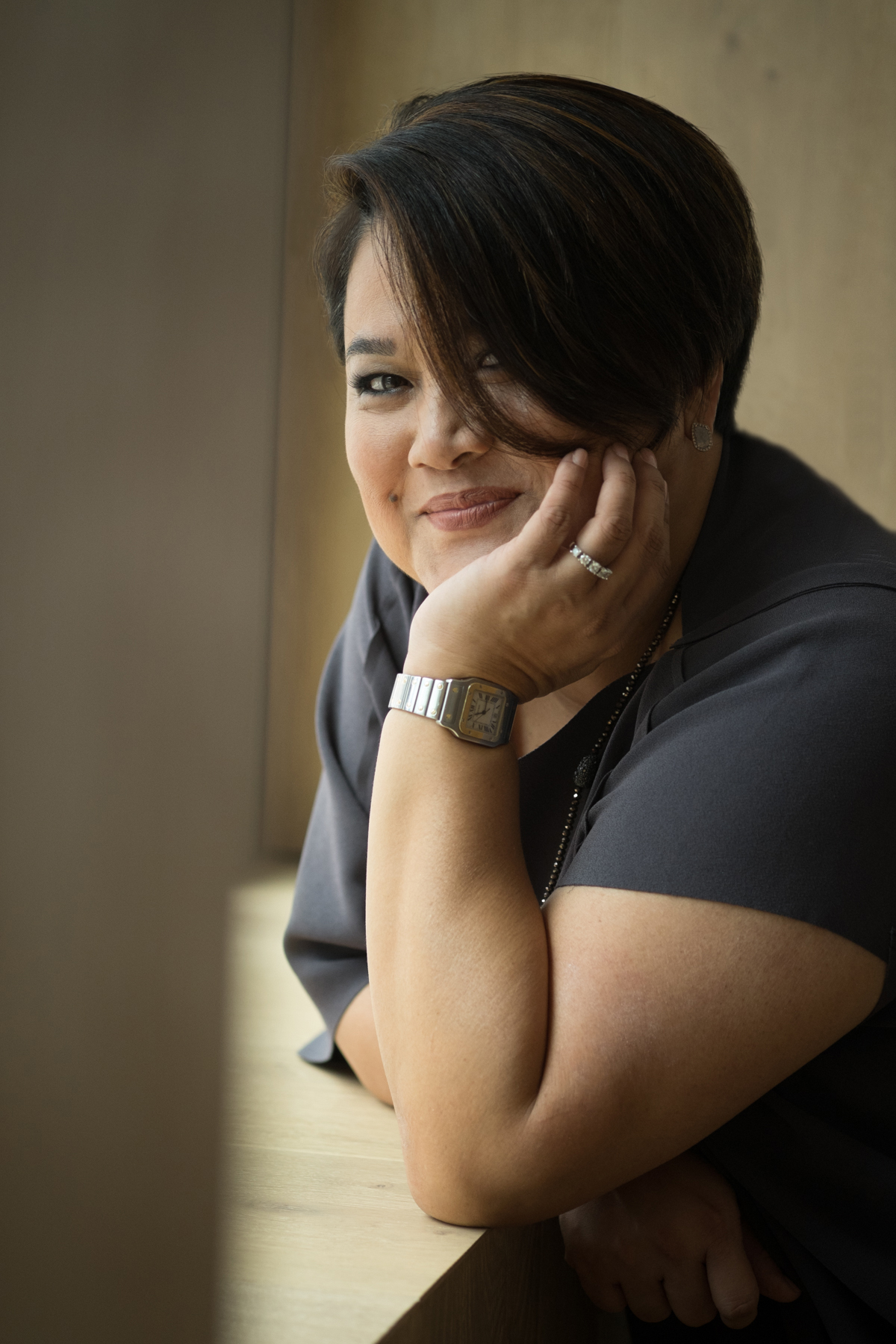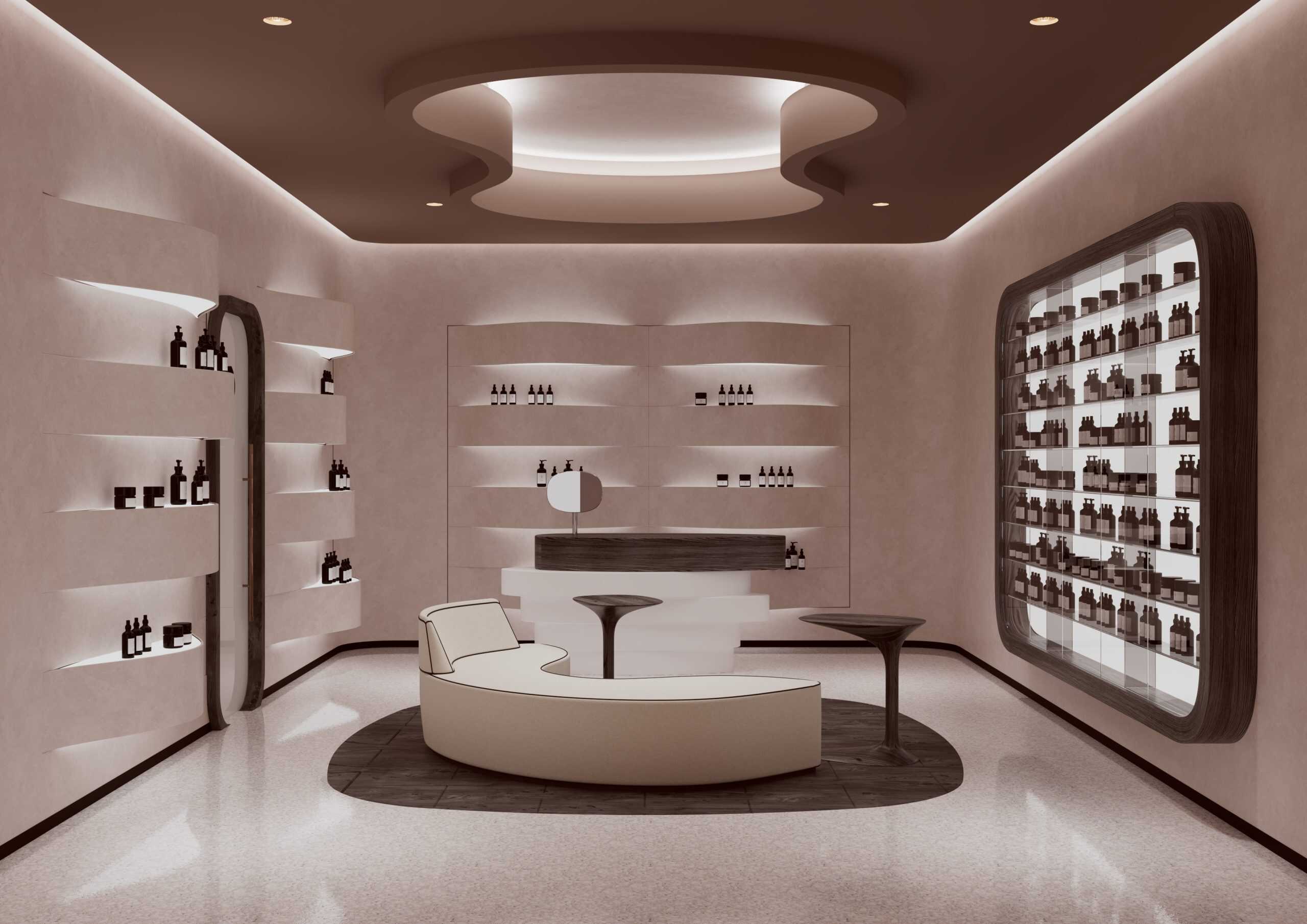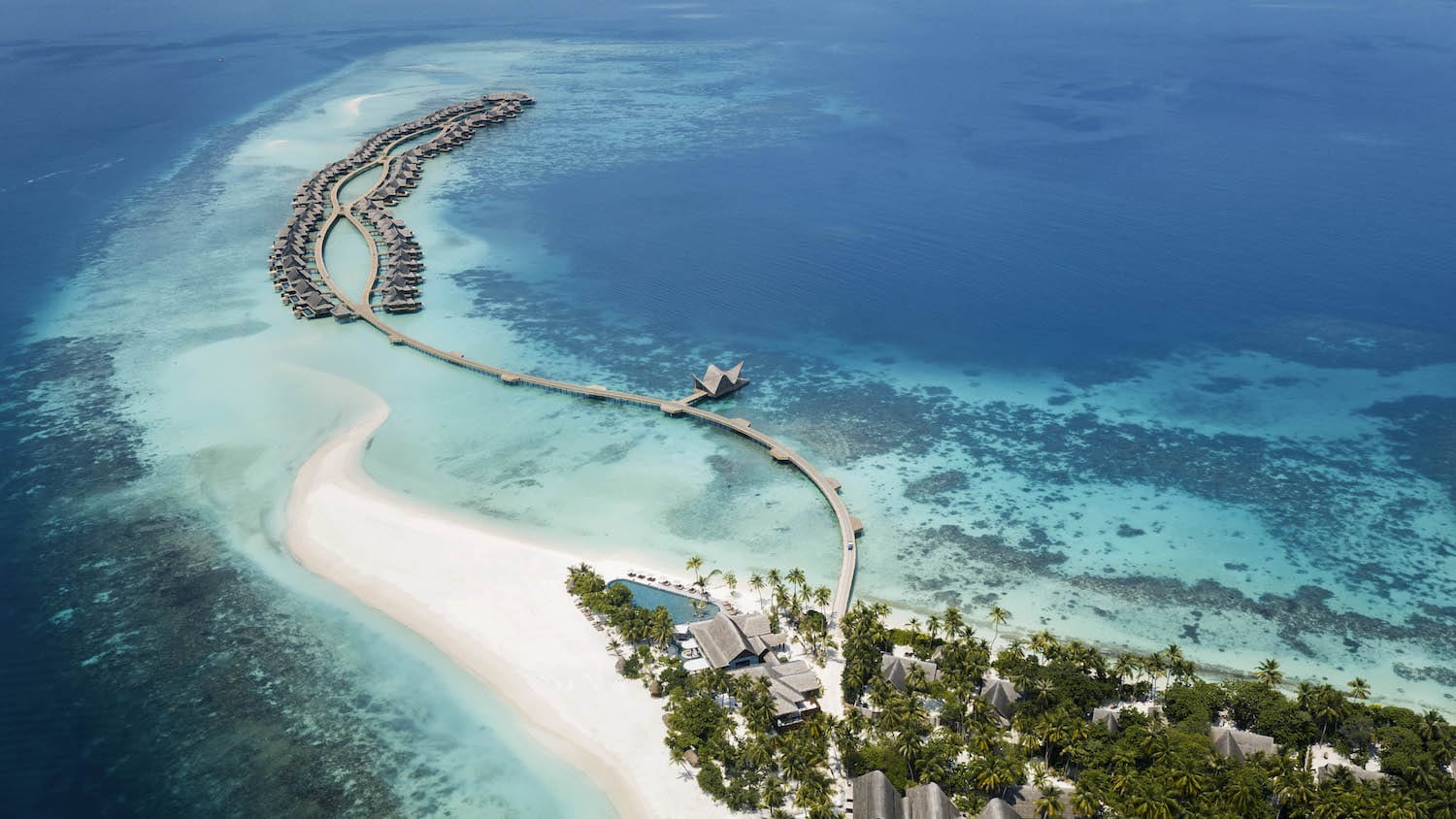From beauty to spa, fitness retreats to holistic wellness, Asia’s health industry has gone through a number of transformations over the last two decades and Cathy Feliciano-Chon, Hong Kong’s branding and marketing pioneer, and passionate wellness advocate, has been instrumental in its evolution every step of the way. Compare Retreats catches up with the Philippines-born, LA-native and Global Wellness Summit board member, widely respected for her in-depth experience, industry reports and insights into this global US$3.7 trillion industry.

“I arrived in Hong Kong in 1997 when the Asian spa movement was primed to explode,” says Cathy. “We lived, breathed and ate healthy lifestyles in LA; to us, it was in our pores, so I was already steeped in the whole spa and wellness space.”
At the time she noticed two brands in particular were shaking up Asia’s wellness scene: Chiva-Som and Banyan Tree. “Up until then, our notion of spa and wellness was really driven by the European and American expression, but they put a face to the Asian tropical spa movement. It was never about putting an LA imprint onto Hong Kong because Asia had such a rich tradition, we just had to mine it, put a face to it and package it.”
CatchOn’s early days
Her public relations company, CatchOn, embarked on its first branding project for the city’s leading day spa, Frederique’s. Then, in the early 2000s, Price Waterhouse Cooper announced that to qualify for five-star status, hotels had to have a spa. Cathy and her team were the first consultants the Shangri-La Group hired to help develop the brand’s signature spa concept, CHI. With the resulting spa-within-a-spa concept, CHI, Shangri-La soon became one of the leading spa brands in the region.
Cascades of jobs followed including Banyan Tree, Mandarin Oriental, TRIA, Sense of Touch, Sulwhasoo and many more. “We have launched, no exaggeration, over 50 cosmetic and fragrance brands, including hair care and nail care with Sasa, and projects with Lane Crawford Beauty,” says Cathy.
Spa essentials
Fast-forward to today, and Cathy sees Asia’s hotel spa boom has slowed since the rush to build the biggest, baddest spas possible. “We are a lot more sober when it comes to spa development today,” she comments, saying she looks for, “a well-curated menu with no superfluous treatments, amazing service standards and well-trained staff, sound business practices and excellent customer relationship management.”
A regular consumer, as well as consultant, she uses her first-hand experience to steer her brands in the right direction, saying candidly, “It’s not about having an amazing skincare product brand; they come and go. For me, it really comes down to the human touch and connection with staff and therapists. It’s the feeling you have when you leave—that memory stays with you for a very long time.”
Having a long-lasting effect on their clients is something both spa and retreat properties strive for, prompting a phenomenal evolution since the early days. “The industry today is not just about the spa but about wellness, sustainability, sleeping better, eating better. It’s not even about anti-aging; it’s a different language entirely.”
All about retreats
Some of the forward-thinking retreats she’s worked with and experienced are now household names. “When we launched The Farm at San Benito in the Philippines, it was definitely a game changer for Asia because it brought the combination of raw foods, detoxing and a more medical approach to wellness. There was nothing like it before.”
She hails Ananda in the Himalayas a deeply transformative retreat in a magical setting, and was impressed by the luxurious edge the Mandarin Oriental Sanya gave their Traditional Chinese Medicine programme, as well as the brand’s overall persistent commitment and investment. “Spa isn’t a short game, and it’s brands like this with a long game perspective that do well.”
“Out of this world” is how she described her recent visit to Six Senses in Douro Valley. “Six Senses really walk the walk, and it’s reflected throughout, including with as far as possible their push to go zero-plastic.”
Current trends
Alongside sustainability, she’s fascinated in new technology and how it is disrupting the industry. Changing how we work, engage with wellness and make our decisions, she sees digital wellness programs, wearable technology, high-tech diagnostics and neuroscience carving an exciting path into wellness—not to mention, figuring out how the industry should cater to Millennials.
Luckily for Cathy, she has three in her family to study: her children. “They have more choices, but are also more in control of how they engage with wellness,” she believes. “If they want to learn how to kickbox they just click on YouTube, get the equipment and do it, they don’t have to go to a studio. They are still looking to experts to guide them, but social media is where they find them. I think expertise has become completely commoditised, while also diluted because it is so accessible.”
CatchOn’s collective expertise
The CatchOn team shares their own collective expertise through their consumer and market research reports, industry analysis and trend forecasts. The first report on Hong Kong’s wellness was launched in 2004, the first on China in 2007, revealing spa and wellness trends, behaviours and preferences.
One of the fast-emerging trends they picked up on was the growth of yoga, long popular in the US. While in some ways the east looks to the west for modern trends—even those that originated in the east—Cathy believes that in certain aspects the Asian wellness journey is leading the way.
“In terms of overall guest experience, I think the Asian spa scene has surpassed others. Ancient healing practices steeped in hospitality and grace offer a treasure trove of indigenous ingredients, all we have to do is connect the dots.”
Global Wellness Summit
It’s her ability to connect the dots and bring a panoramic view of the region that started her collaboration with Susie Ellis and the Global Wellness Summit team from the beginning. Recently welcomed onto the board, she is excited about sharing her insights into Asia in Italy this October.
“I’m extremely honoured to have been invited to join those on the board, who are basically heroes of the wellness industry. They have given wellness a bigger context over the last eight years, incorporating more tourism, overall health, and residential and corporate wellness. I think they are very influential, and the initiative to provide one hub for research has really helped the industry in general.”
Travel is in her DNA
While Italy is a favourite destination for her and her family, Cathy spends much of her time on the road. Her parents worked in travel and Cathy has never lost her enthusiasm for exploring new places and cultures.
“I see people looking for unusual experiences today, something not everyone can do, things that are last frontier destinations and relatively untapped, unvisited. I think luxury travel is very much about transformative experiences now, experiences that leave you with a strong emotional resonance that changes you.”
Retreats are the obvious choice when it comes to transformative experiences and she acknowledges, “People need to be removed temporarily from the frantic pace of their lives to be able to gain fresh perspectives. When you take away all the distraction and noise, you learn better and you retain it.”
Aside from retreats, Cathy gathers much of her inspiration from her trips, and she doesn’t show any signs of pausing her hypermobile lifestyle. “For me travel is sacred. Being exposed to other cultures is part of becoming a better person. Travel is in my DNA, and it is definitely something I’m passing on to my kids.”
What wellness means to Cathy
Joy, great people, support networks, little indulgences, moderation: this is what wellness means to Cathy. “It’s not about abstinence or denying yourself, it’s not about working versus leisurely pursuits, it’s about balance.”
Working that balance into her life, Cathy has adjusted her lifestyle to bring together the many facets of herself. “First and foremost I’m a mother and wife. Second, I’m a business owner and a hard-working professional. I’m defined by my priorities, so for me, wellness is about being able to come home enough nights a week and have dinner with my children. I am well emotionally when I am with them, connected to them.”
“Wellness is also going for a walk early in the morning before everyone is up, not because I need to do 10,000 steps, but because I need the time and space for reflection. Wellness is also enjoying a good meal and a good laugh. And at its essence, wellness is being true to myself.”



